If your data set is so large that it can't be imported into memory like keveman suggested, you can use the h5py object directly:
import h5py
import tensorflow as tf
data = h5py.File('myfile.h5py', 'r')
data_size = data['data_set'].shape[0]
batch_size = 128
sess = tf.Session()
train_op = # tf.something_useful()
input = # tf.placeholder or something
for i in range(0, data_size, batch_size):
current_data = data['data_set'][position:position+batch_size]
sess.run(train_op, feed_dict={input: current_data})
You can also run through a huge number of iterations and randomly select a batch if you want to:
import random
for i in range(iterations):
pos = random.randint(0, int(data_size/batch_size)-1) * batch_size
current_data = data['data_set'][pos:pos+batch_size]
sess.run(train_op, feed_dict={inputs=current_data})
Or sequentially:
for i in range(iterations):
pos = (i % int(data_size / batch_size)) * batch_size
current_data = data['data_set'][pos:pos+batch_size]
sess.run(train_op, feed_dict={inputs=current_data})
You probably want to write some more sophisticated code that goes through all data randomly, but keeps track of which batches have been used, so you don't use any batch more often than others. Once you've done a full run through the training set you enable all batches again and repeat.
